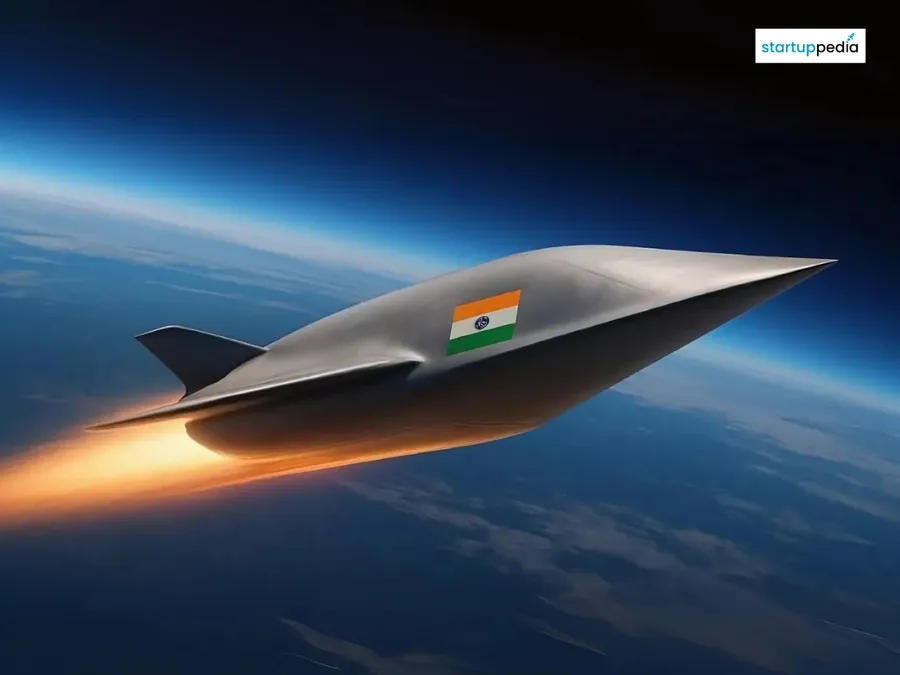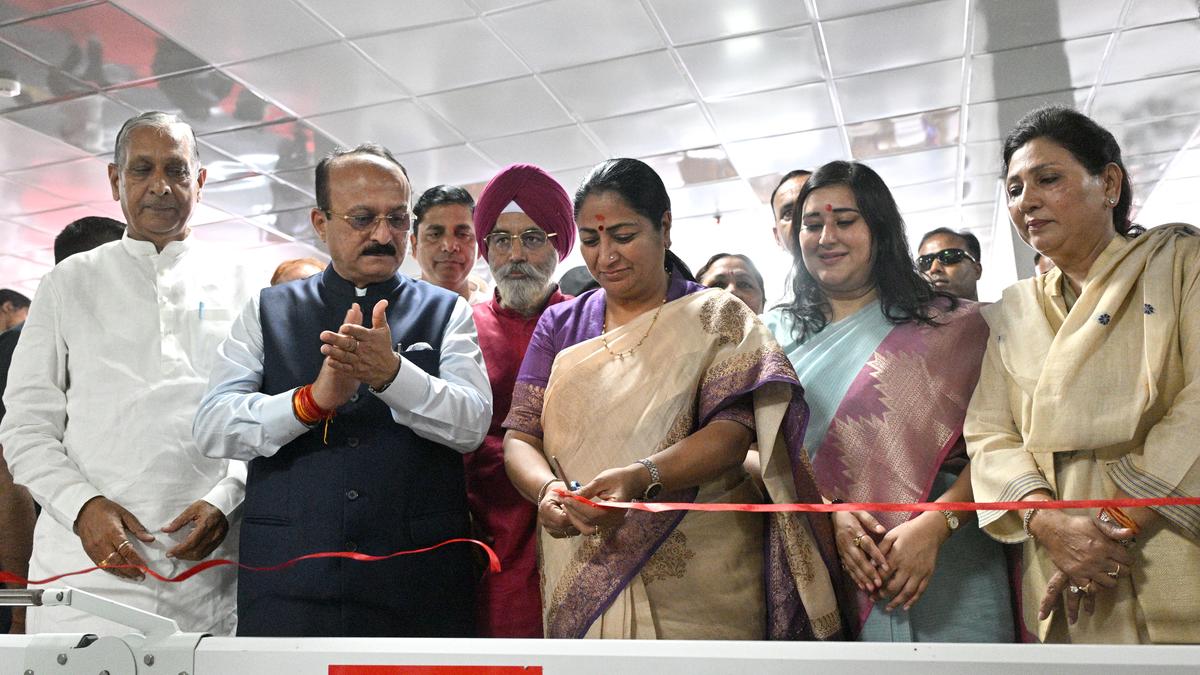DRDO to test India’s new hypersonic missile ‘Dhvani’ by end of 2025; flying at 7,400 km/h, it’s faster than BrahMos
By Anushree Ajay
Copyright startuppedia

“India”s Defence Research and Development Organisation (DRDO) is preparing to test its next-generation hypersonic missile, Dhvani, before the year ends, aiming to push the country into the select group of nations mastering ultra-fast glide vehicles. Advertisment Dhvani Hypersonic Missile to be tested Dhvani is being developed as a Hypersonic Glide Vehicle (HGV). Unlike conventional cruise missiles, an HGV is first boosted to high altitude and then glides at extreme speed toward its target. This gives it both velocity and manoeuvrability, making detection and interception significantly more difficult. The HGV is designed to fly at over Mach 5 (more than 7,400 km/h). The upcoming test will evaluate core technologies such as high-speed aerodynamics, advanced thermal shielding, and propulsion systems. DRDO has previously tested a Hypersonic Technology Demonstrator Vehicle (HSTDV), laying the groundwork for Dhvani”s development. If successful, the trial will confirm India”s progress toward fielding operational hypersonic systems within the decade. Also Read: Perplexity makes its agentic AI browser Comet free for everyone to compete with Google How is it better than BrahMos BrahMos, a joint India-Russia project, is currently one of the fastest cruise missiles in the world with a top speed of about Mach 2.8–3. Dhvani is expected to more than double that speed, exceeding Mach 5. The key difference lies in design. BrahMos is a supersonic cruise missile that follows a powered and relatively predictable path. Dhvani, on the other hand, will glide unpowered during its terminal phase, allowing it to execute sharp manoeuvres that complicate interception. Defence analysts suggest Dhvani may also incorporate longer range, advanced guidance systems, and stealth-oriented shaping, expanding its role beyond tactical strikes to strategic deterrence. These upgrades could give India a decisive edge in high-speed missile warfare. With testing scheduled for late 2025, Dhvani represents one of the most ambitious projects in India”s missile programme. A successful launch would place India alongside the US, Russia, and China in hypersonic weapons development and significantly strengthen its strategic capabilities in the Indo-Pacific region. Also Read: Elon Musk announces Grokipedia as a Wikipedia rival after calling it “too woke” and offering $2B to change name to D**kipedia”



